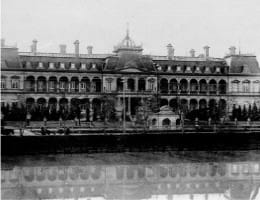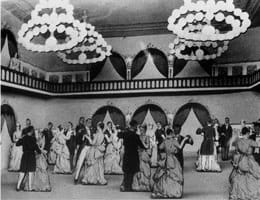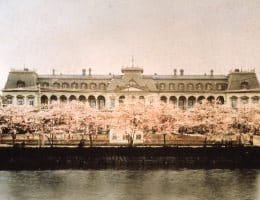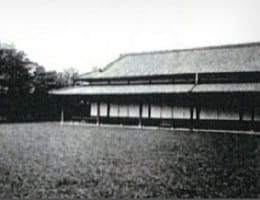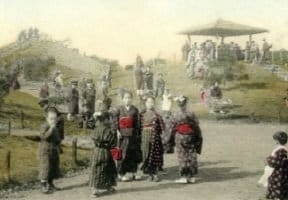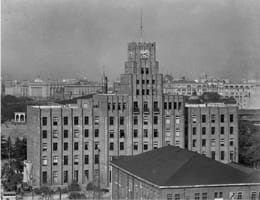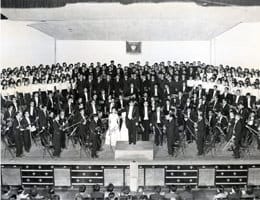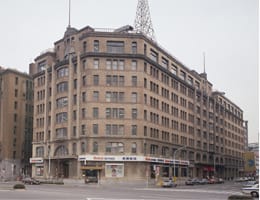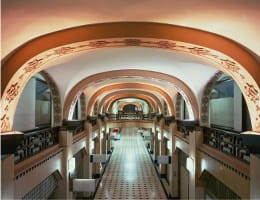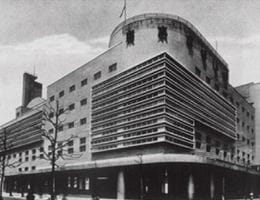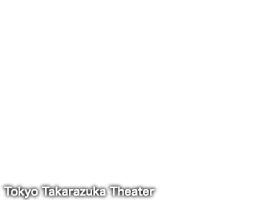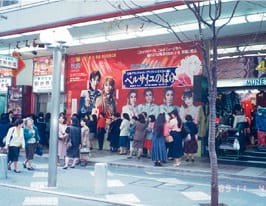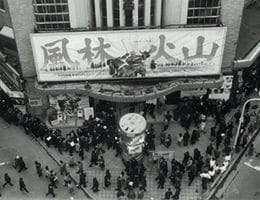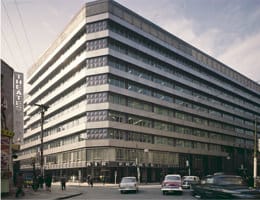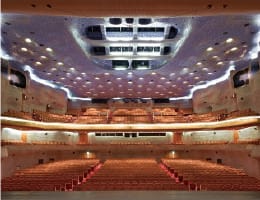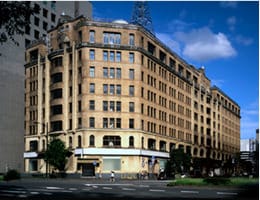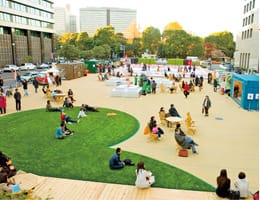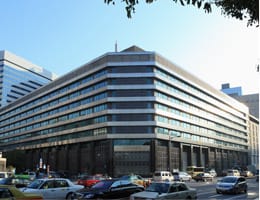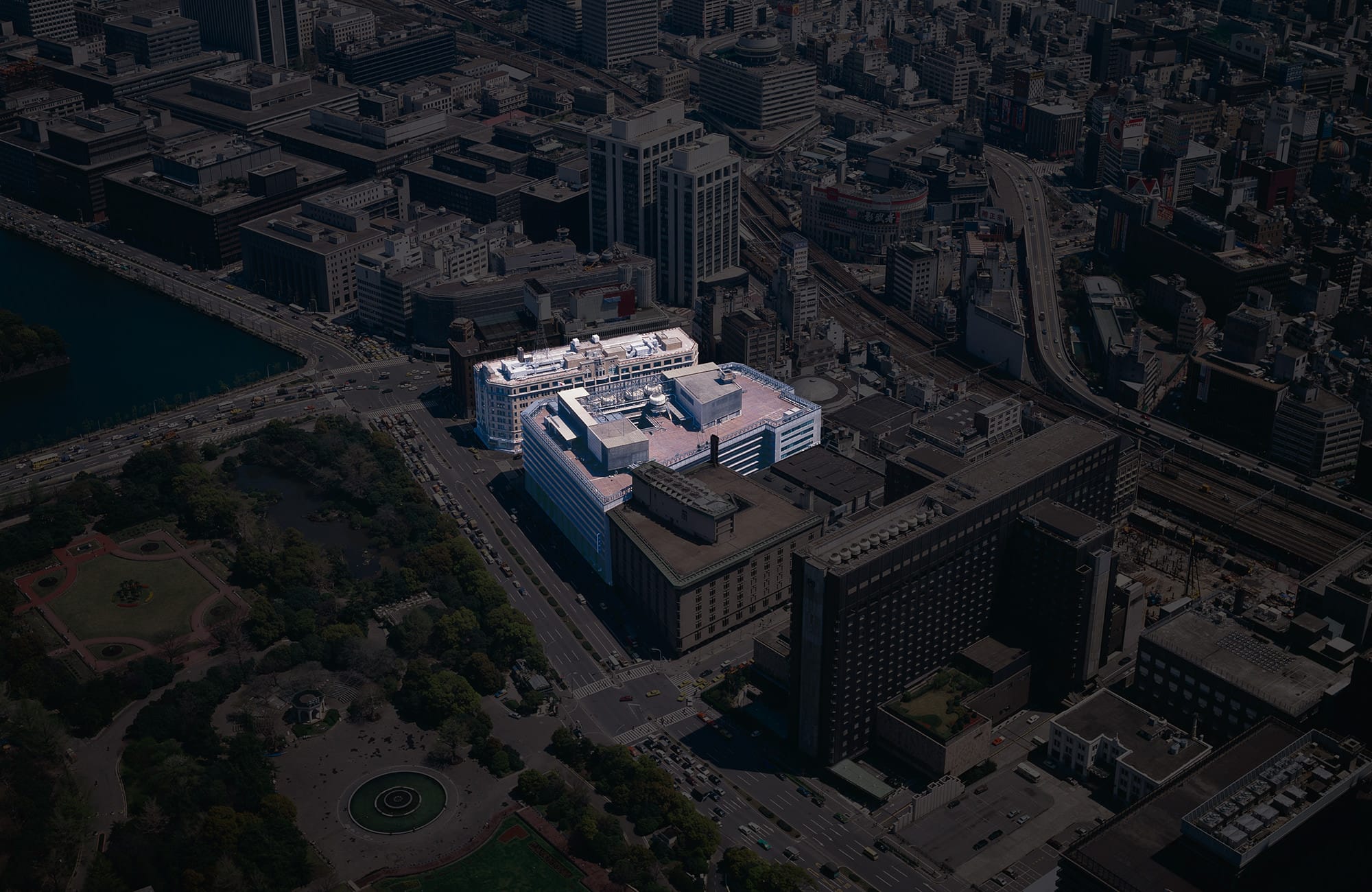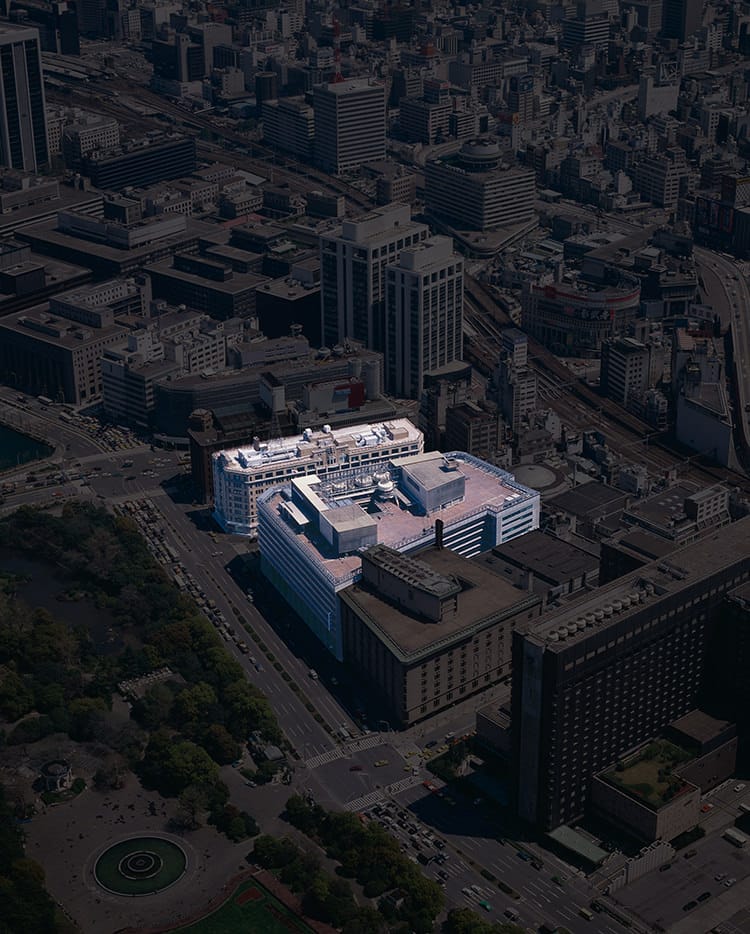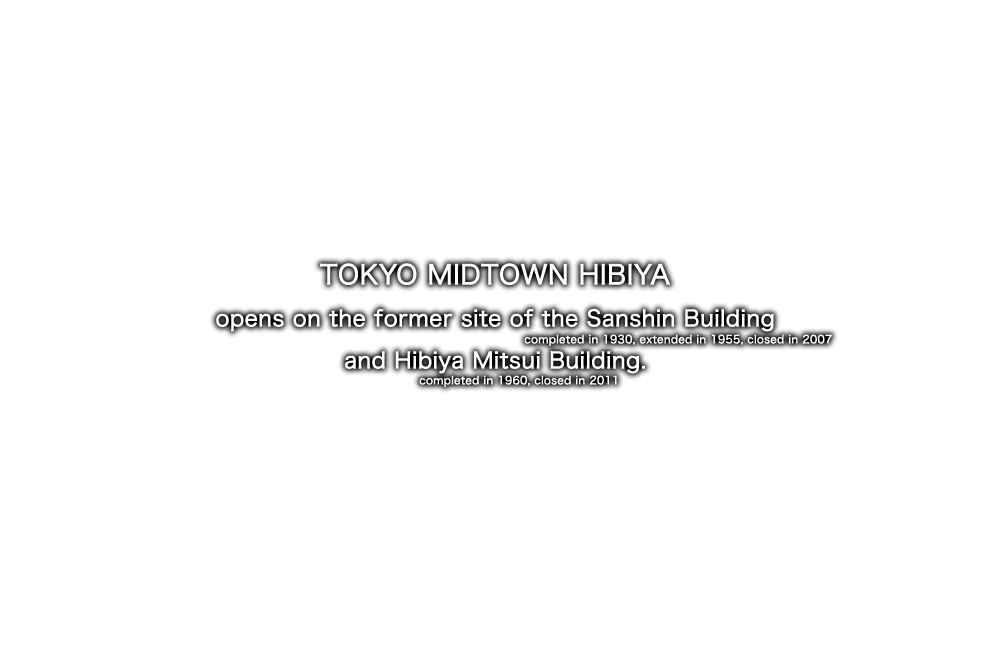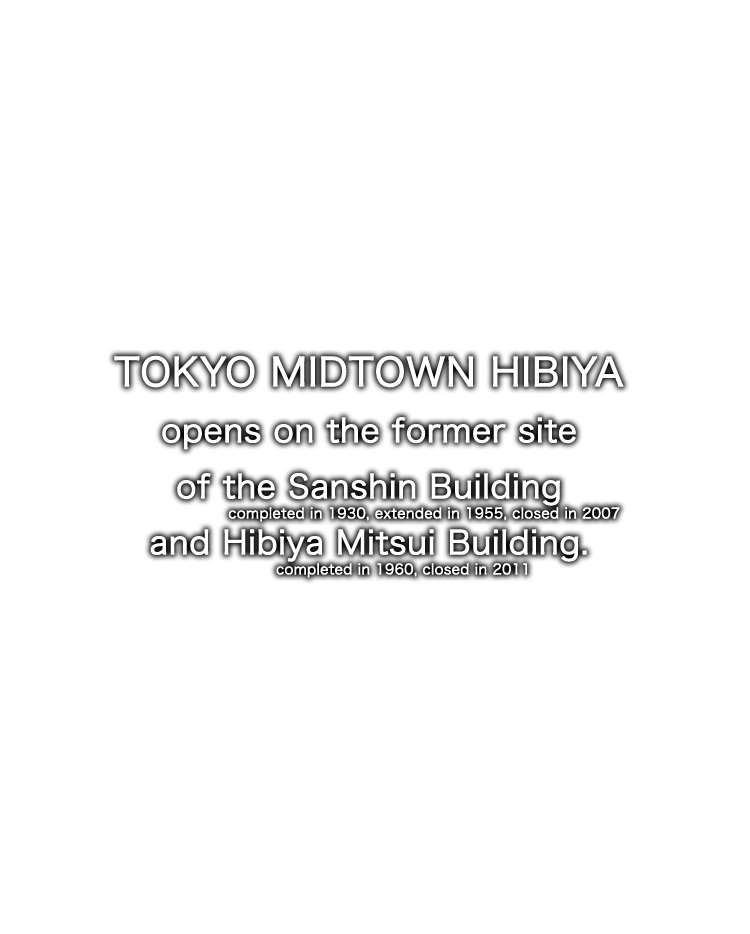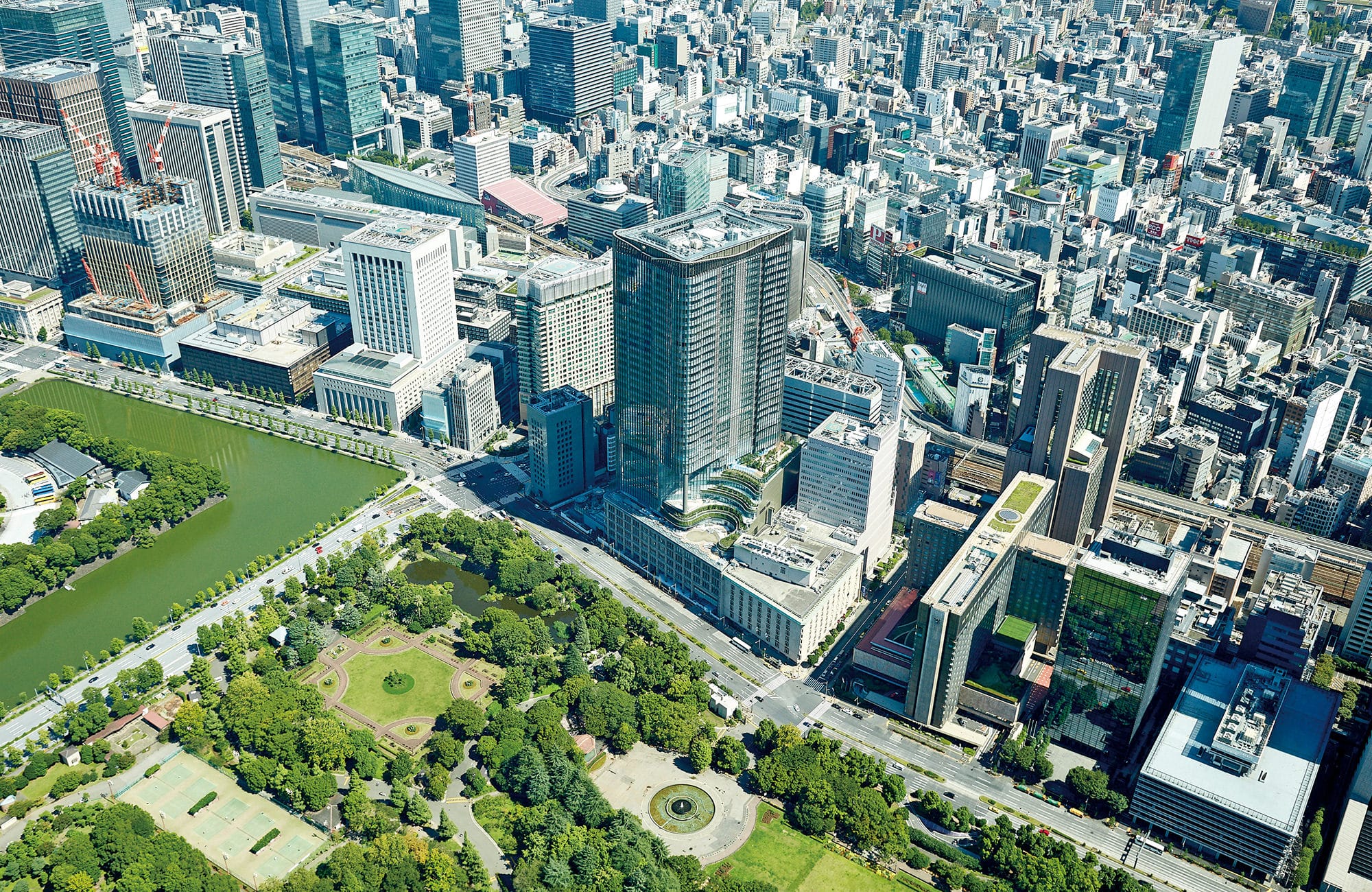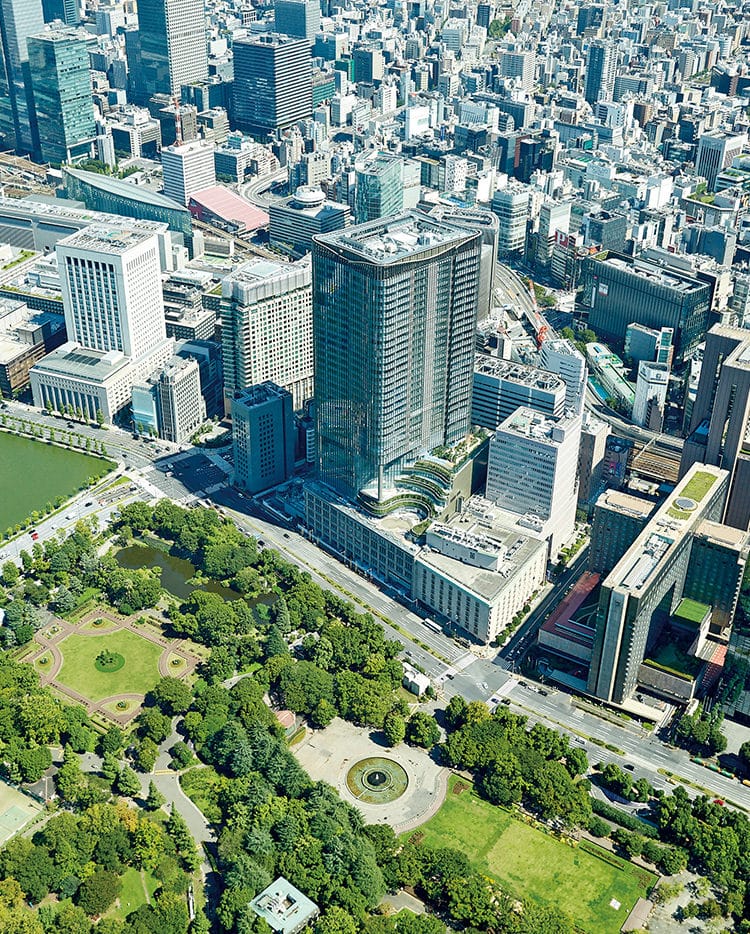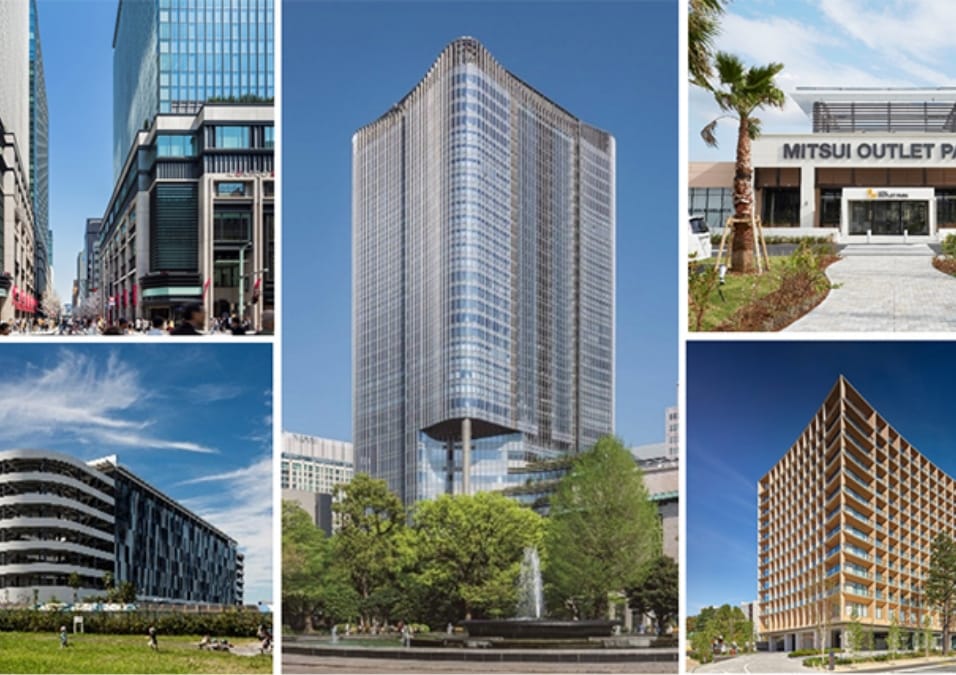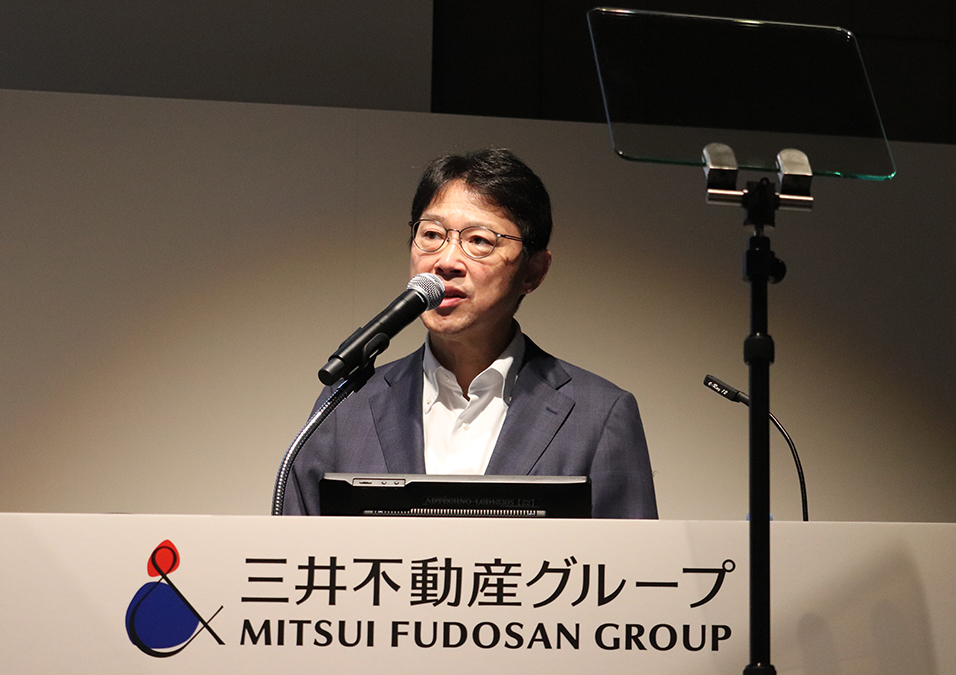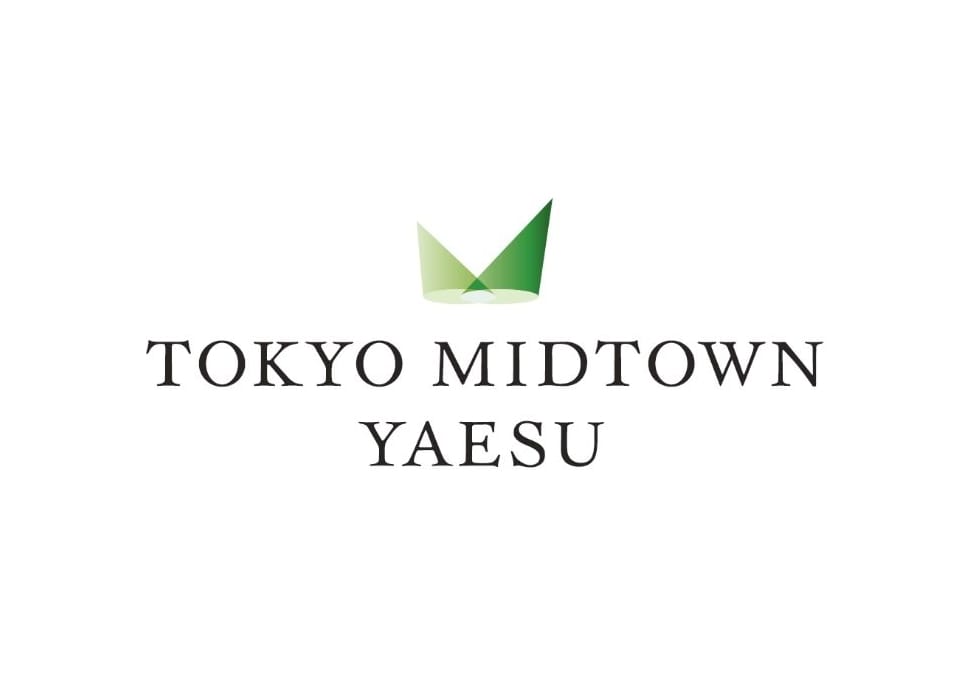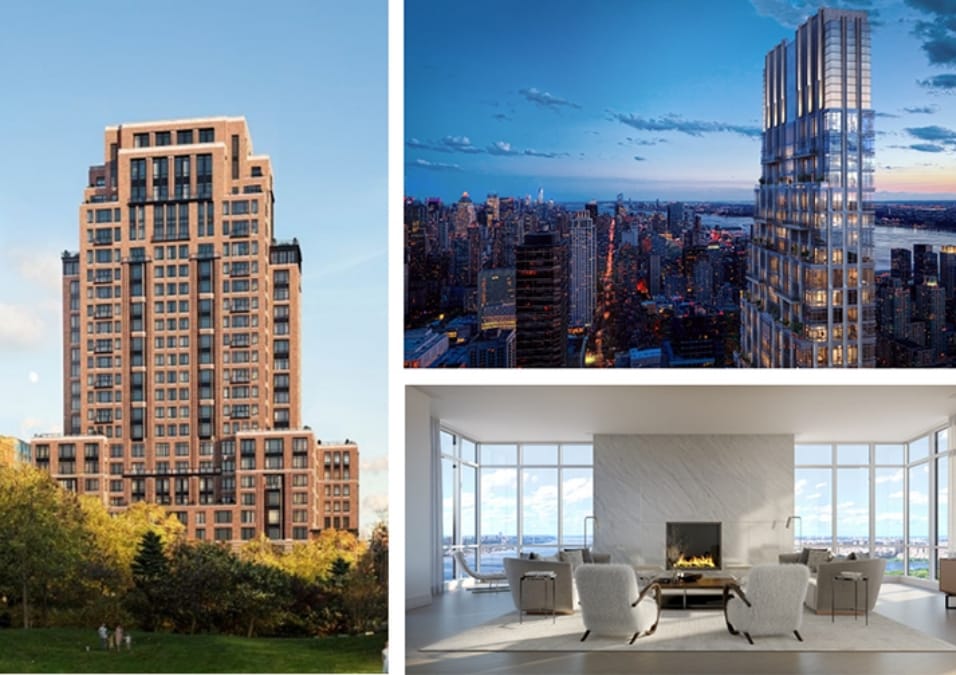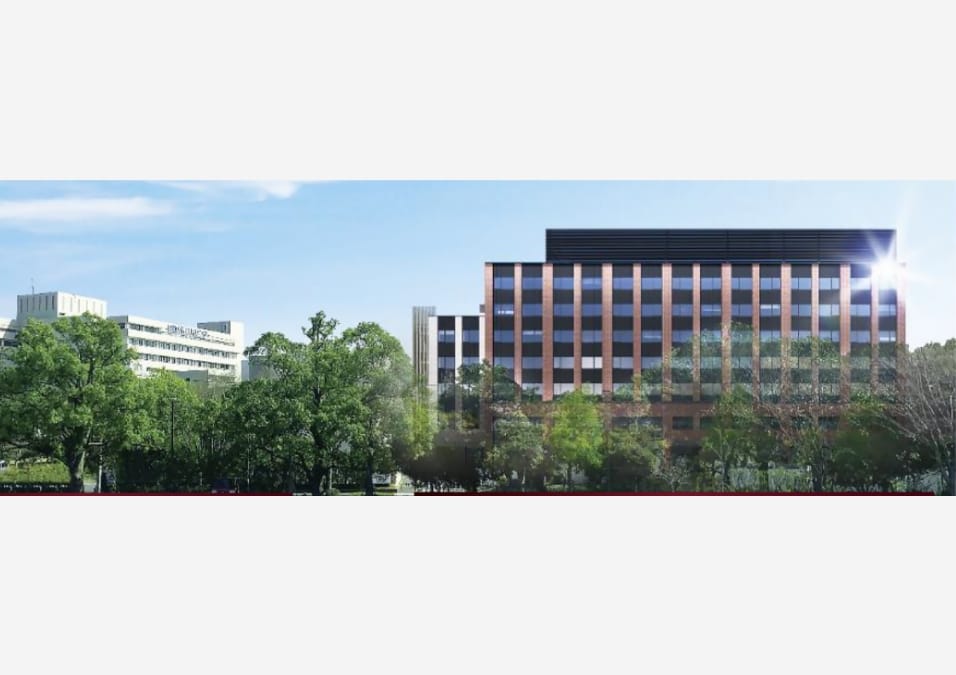Hibiya - A Storied History as a Sacred Ground of Entertainment and of Hosting Guests of State
We introduce the history of Hibiya, which lead the modernization of Japan and developed into a major business hub with a focus on entertainment.
Edo Period
Hibiya was once the Hibiya Inlet, a body of water connected to Edo Bay. The land was reclaimed under the Tokugawa Shogunate and given the name Soto-Sakurada.
1843
Hibiya in the Edo period. Many notable samurai families built their residences in the area.
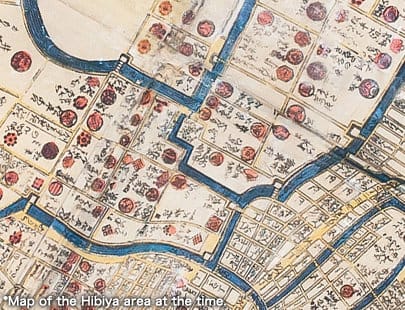
Meiji Period
From the Meiji period onward, the Hibiya area stood at the forefront of Japan's modernization, overflowing with pioneering spirit, which included the construction of a succession of residences for influential families built in a European style.
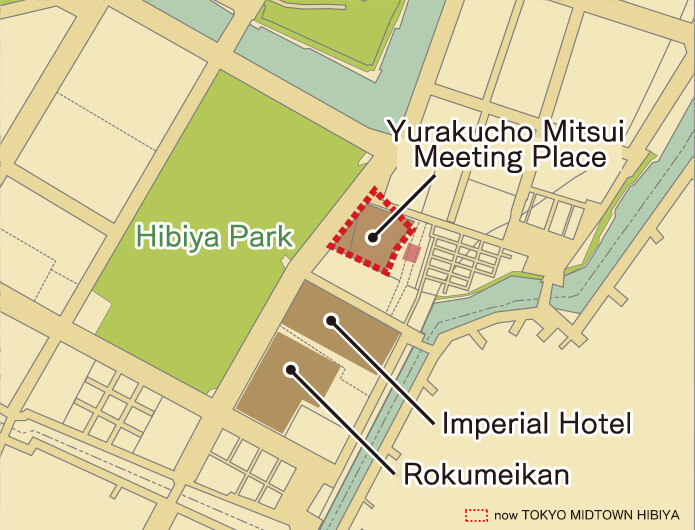
1883
The Rokumeikan, a house for hosting foreign diplomats and guests of state, was completed in 1883.
1890
In 1890, the Imperial Hotel was built and became known as the finest hotel in the East.
1894
In 1894, construction is completed on the Yurakucho Mitsui Meeting Place Old Building (Japanese Pavilion) which is also closely tied to the history of Mitsui Fudosan.
1903
In 1903, Hibiya Park opens as Japan's first modern Western-style park.
Showa Period
Entering the Showa period, Hibiya underwent major development, seeing the construction of a succession of theaters and cinemas as it became the focal point of entertainment in Japan.
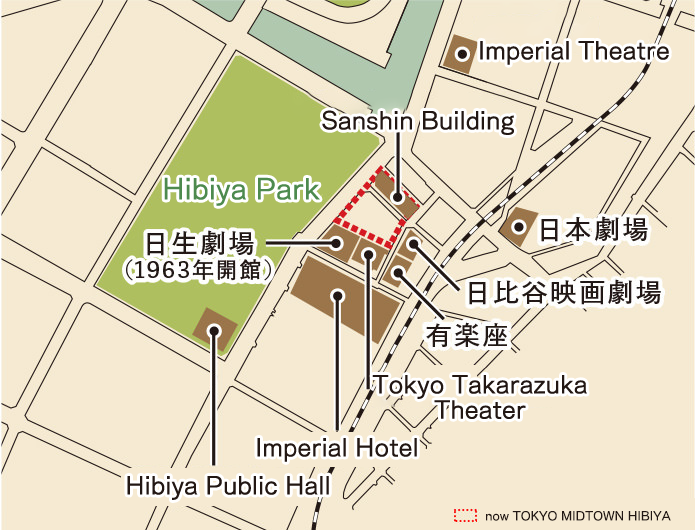
1929
In 1929, Hibiya Public Hall opened as a symbol of recovery from the Great Kanto Earthquake of 1923. It became known as a sacred ground for music.
1930
In 1930, the Sanshin Building was completed as the embodiment of Hibiya's glamorous image.
The office building became well-known for its extraordinary design, including a two-story atrium arcade and art deco detailing.
1934
In 1934, Tokyo Takarazuka Theater and Hibiya Movie Theater opened. This was the start of Hibiya's prominence as a neighborhood for movies and theater.
1960
「 1960 saw the completion of the Hibiya Mitsui Building. Many technological challenges were overcome in the construction of the building and it was recognized as the greatest building in the East.
1963年
A number of theaters were opened following the end of the Second World War, including the Geijutsuza and Miyukiza theaters, and Nissay Theater, which was completed in 1963, was considered to be the finest theater of its time.
2007 Onward
A large number of offices have been built in Hibiya and it has become a major business hub.
Although many of these buildings are now closing due to age and decay, they are being replace by new facilities and events that will carry on the history of the neighborhood.
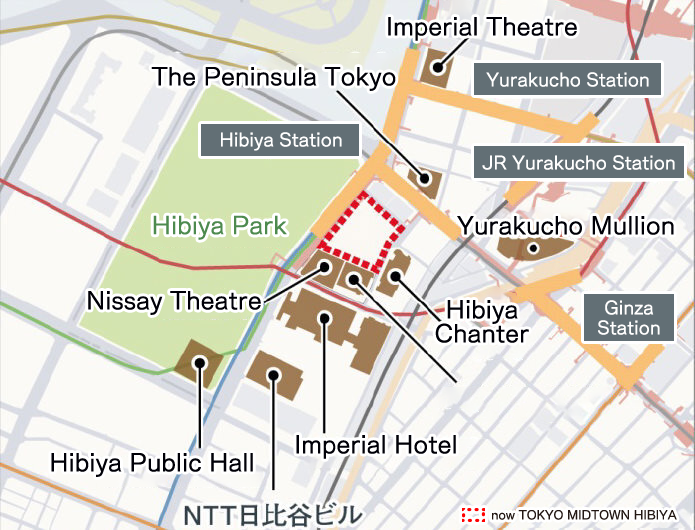
2007
The Sanshin Building, a well loved landmark seen as a symbol of Hibiya, closes due to dilapidation.
2008
For a limited time, the former site of the Sanshin Building became Hibiya Patio, an open space that could be used by people in the area. It was visited by many people, including office workers, families, and couples, creating a lively atmosphere.
2011
Hibiya Mitsui Building, considered to be the representative office building of not only Hibiya, but also all of Japan, closes.
2014
Hibiya becomes the first district in Tokyo to be designated as a National Strategic Special Zone
2015
Construction starts on the New Hibiya Project (now TOKYO MIDTOWN HIBIYA)



























